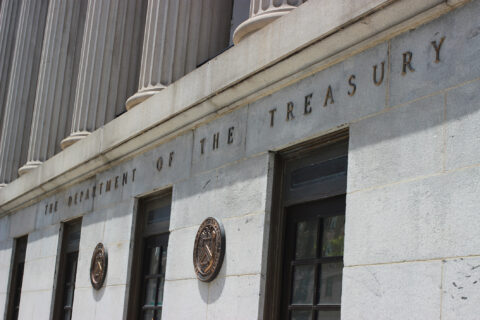For most cities, the Fiscal 2022 budget process will be unlike any before: Leaders will be called upon to Respond, Recover, and Renew following the COVID-19 pandemic and maximize the benefits from the unprecedented Federal aid provided through the American Rescue Plan Act. As they do, policymakers also need to consider how their choices today can have long-term implications for their communities’ pension plans and ultimately their financial sustainability.
In a recent White Paper, I examined the pension-risk (the chance that pension costs become overly burdensome in the future) impact of cities’ fiscal choices following the Great Recession and found there is no one-size-fits-all answer: Municipal bond investors and rating agency analysts need to consider each city’s unique workforce demographics, benefits and salary structure, and pension funding status. But that historical perspective can help city leaders recognize policies that are more likely to increase risk or decrease risk … as well as situations where they should ask for more information.
Policy Choices That Typically Increase Risk

Pension funding “holidays.” Deferring or skipping annual pension contributions today means that later contributions must make up the shortfall, exacerbating pension-related burdens in future budgets.
Taking on more investment risk. Since 2000, public sector pension funds have added riskier investments (like stocks and private equity funds) in the hope of earning greater returns. That raises the chance that a short-term drop in asset values could coincide with the fund’s need to sell holdings in order to pay benefits – forcing the fund to lock in a loss and raising future funding requirements.
Policy Choices That Typically Decrease Risk
Benefit and Funding Reforms. Implementing benefit reforms almost always decreases pension risk. Reforms that take effect immediately are more effective in reducing risk than reforms that may take many years to have a material impact.
Policy Choices That Can Increase or Decrease Risk
Cutting payroll expenses. Payroll can be reduced through layoffs, pay freezes, or early retirement incentives. The impact on pension risk plays out over time, and depends on how those steps impact the overall payroll, pension contributions and demographic profile of the pension plan members … as well as whether the city subsequently backfills positions or grants retroactive pay increases.
Pension obligation bonds. Some cities issue pension obligation bonds to raise funds that are invested in pension fund assets. For the bond to be a financial “winner” for the issuer, pension fund asset returns on the bond proceeds need to exceed the interest paid on the bond … but that is not guaranteed. Analysts also pay attention to the structure of the debt service payments on the POB to see if they create a de facto “contribution holiday.”
This article is adapted from a White Paper that can be viewed at https://buildamerica.com/white-papers/








